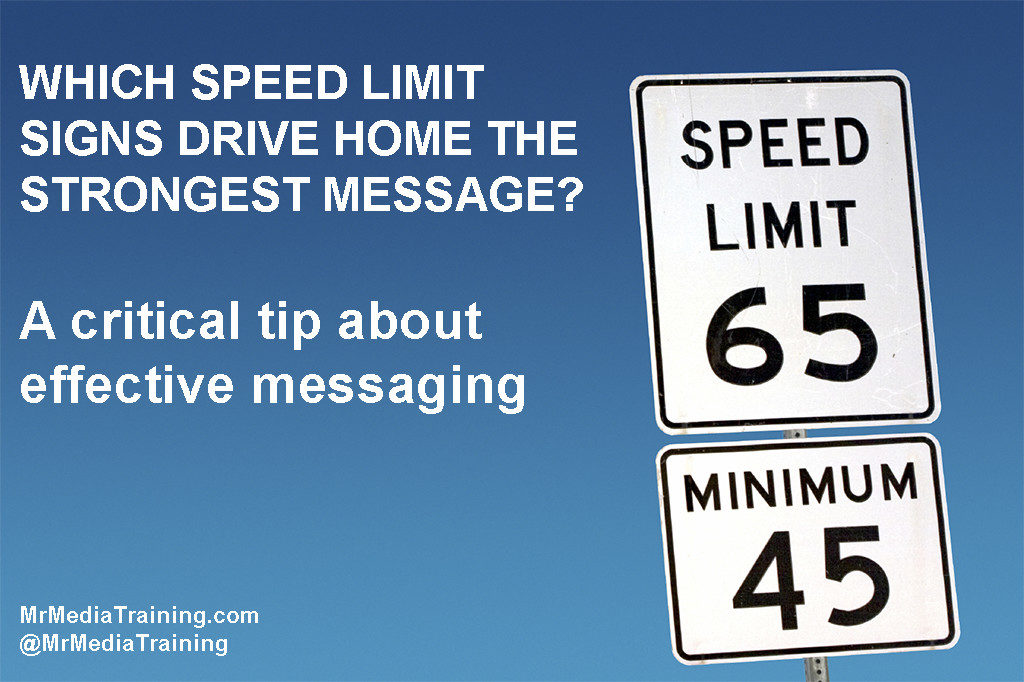Aligning Your Messages to Your Audience
This is the third in a seven-part series that will teach you how to create effective and memorable media messages.
In part two of this series, I encouraged you to create three messages that represent what you most want the public to know about your organization’s work or project.
But there’s one problem with that – those three messages may be all about you, not your audience.
In order to test your messages, put them aside and brainstorm about your audience. For the sake of this exercise, let’s use a general audience – you can do this exercise for more specific audiences (e.g. employees, shareholders, donors) later.
Write down everything you can about the general audience. What does the general audience want from you?
For example, one of the messages in part two was, “If we don’t pass this bill, thousands of pregnant Pennsylvania women will have to drive more than 100 miles to find a doctor to deliver their baby.” In that example, the public might want these three things:
1. More doctors
2. Someone to fight for us
3. To protect the health of mother and child
Once you’ve brainstormed what your audience wants from you, select the top three items. Now pull out your messages. Are those three items explicitly represented in your messages? If so, you’re done. If not, work to articulate your messages in the context of their wants by embedding their wants into your messages.
One final thing: Read the final messages aloud. Do they sound like everyday speech or corporate-speak? If they sound too corporate, make the messages sound more like everyday communication. Lose wonky process words and replace them with language a 12-year-old would understand. (Click here to learn how to lose the jargon.)
Part four of this series will help you develop compelling stories to reinforce your messages and captivate your audience.


